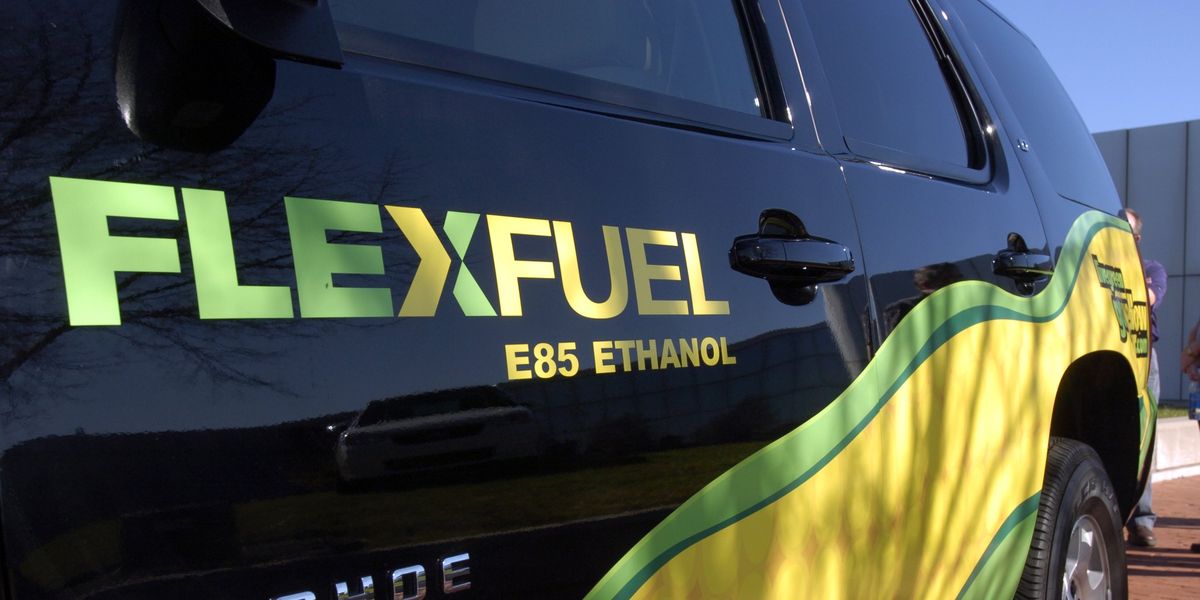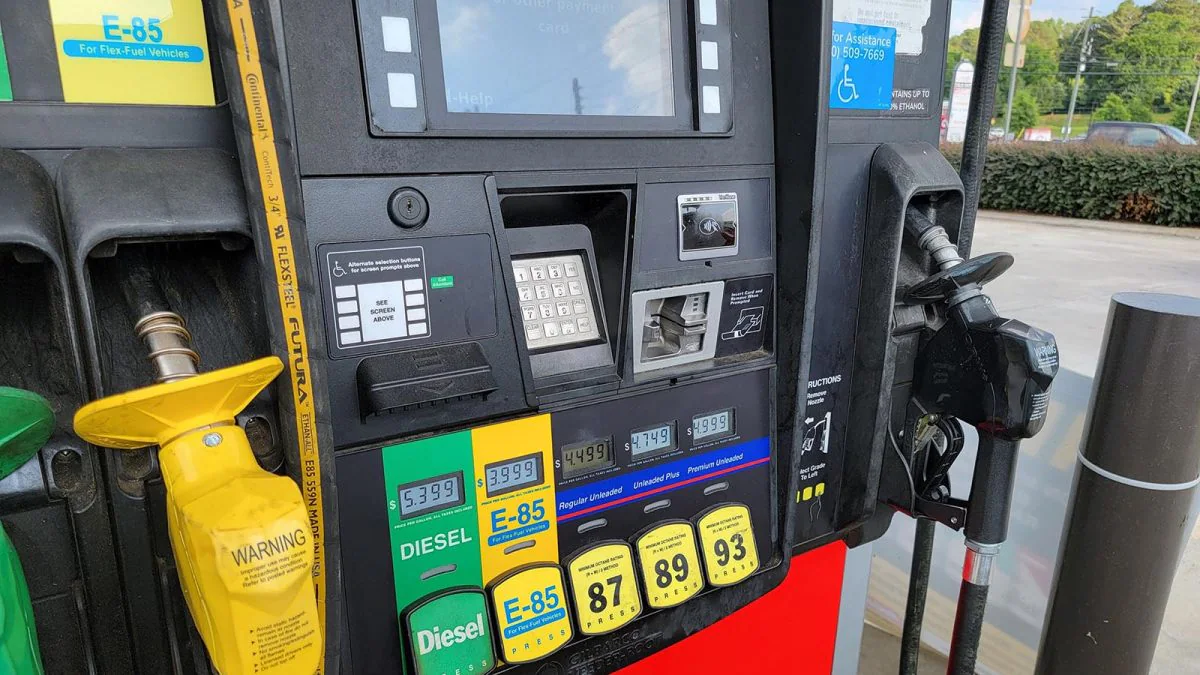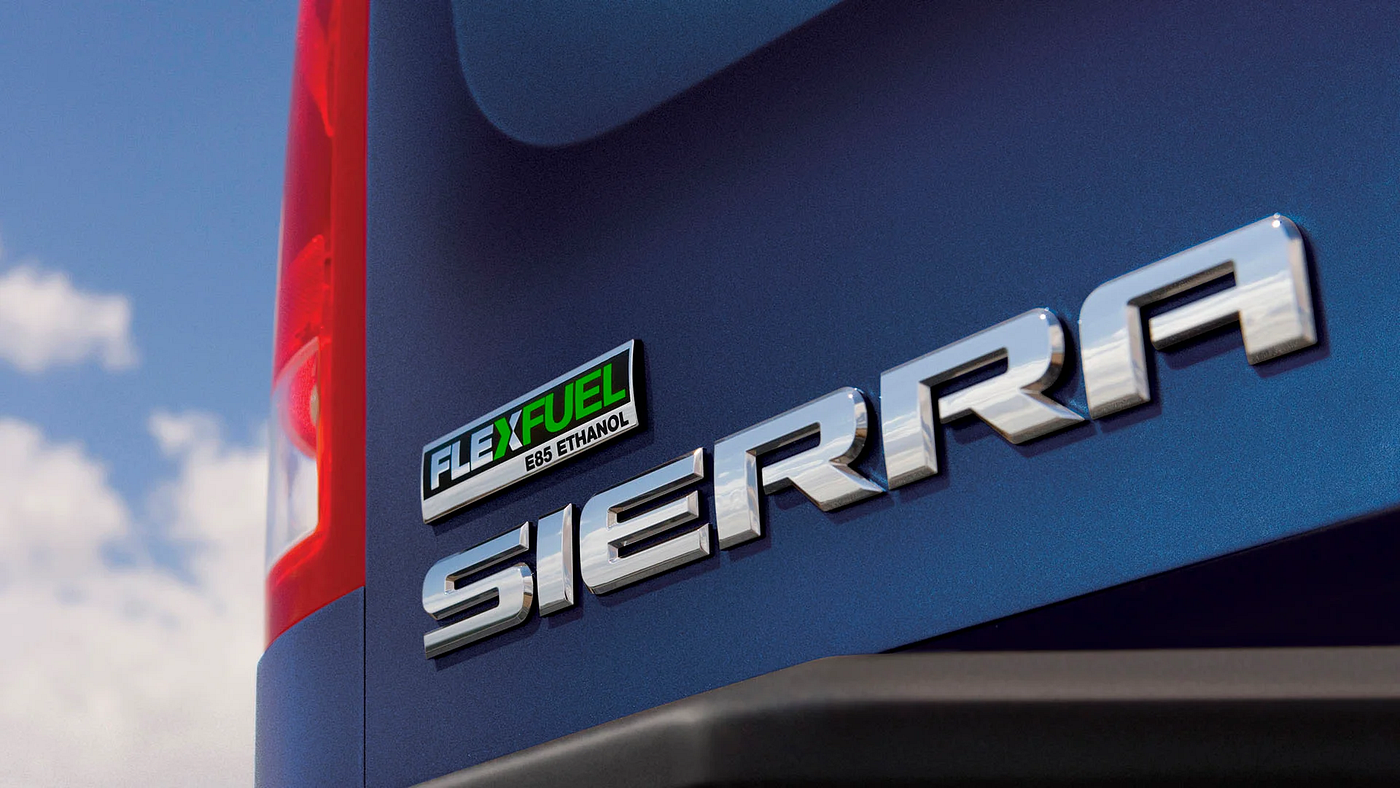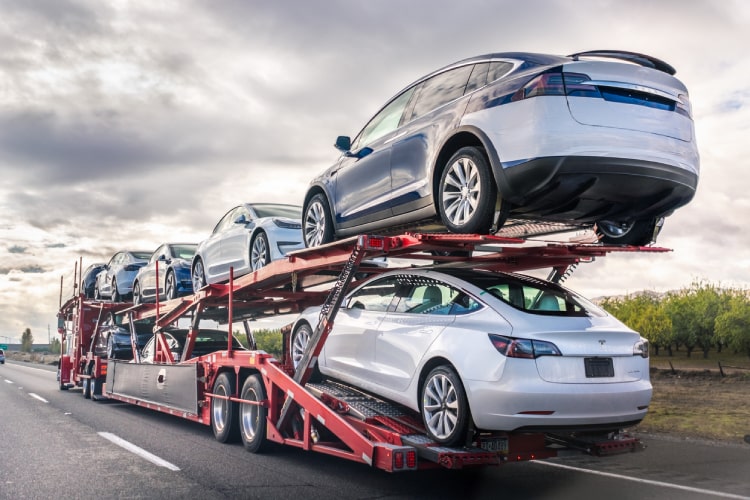What Is Flex Fuel?
Have you ever wondered if your car could be a part of the solution to our energy and environmental challenges? Enter the world of flex fuel vehicles (FFVs)—an innovation that might just be parked in your driveway. With a simple switch in fuel types, these vehicles promise a unique blend of performance and sustainability. But what exactly makes them different from the average car? In this post, we will see the intriguing concept of flex fuel and find out how it could revolutionize the way we drive.

What Is Flex Fuel?
Benefits of Using Flex Fuel
Using flex fuel offers several benefits, from environmental to economic advantages. Here are some of the key benefits of using flex fuel:

-
Environmental Impact: Flex fuel vehicles (FFVs) can reduce greenhouse gas emissions compared to conventional gasoline-only vehicles. Ethanol, which is commonly used in flex fuels like E85, is produced from biomass materials and is considered more eco-friendly. It burns cleaner and produces fewer emissions of harmful pollutants such as carbon monoxide and toxins.
-
Energy Security: By diversifying the fuel supply with ethanol or other biofuels, countries can reduce their dependence on imported petroleum, enhancing energy security. This is particularly beneficial for countries that aim to decrease their reliance on foreign oil and boost their use of locally sourced renewable energy.
-
Economic Benefits: Supporting the ethanol industry, which is a significant component of flex fuels, can have economic benefits, especially in agricultural communities and regions. It can increase demand for certain crops used in ethanol production, like corn, providing a boost to the agriculture sector.
-
Cost-Effective: Depending on market conditions, ethanol-blended fuels like E85 can be cheaper than regular gasoline. This cost advantage can provide economic relief to consumers, especially during periods when gasoline prices are high.
-
Flexibility in Fuel Choice: Flex fuel vehicles give drivers the option to choose between different fuels based on price, availability, or environmental concerns. This flexibility can be particularly advantageous in regions where ethanol fuels are heavily subsidized or more readily available.
-
Support for Renewable Fuels: Using flex fuels supports the development and distribution of renewable energy sources. As more FFVs use ethanol and other bio-based fuels, it encourages further research and development in renewable energy technologies, which is crucial for long-term sustainability.
-
High Octane Rating: Ethanol has a higher octane rating than gasoline, which can help improve engine performance and prevent knocking. This can lead to a smoother running engine under certain conditions.
Challenges and Disadvantages of the Flex Fuel
While flex fuel offers many benefits, there are also several challenges and disadvantages associated with its use. Here are some of the main challenges and drawbacks of flex fuel vehicles (FFVs) and ethanol-based fuels:
-
Lower Fuel Economy: Flex fuel vehicles tend to have lower fuel efficiency when running on higher ethanol blends like E85 compared to regular gasoline. Ethanol contains about one-third less energy per gallon than gasoline, which means that vehicles running on ethanol will generally consume more fuel and have fewer miles per gallon.
-
Availability of Fuel Stations: Although E85 and other ethanol blends are becoming more widely available, the distribution infrastructure is not as extensive as that for traditional gasoline. This can make it difficult for drivers of FFVs to find suitable fuel stations, especially in regions where ethanol is less popular.
-
Ethanol’s Impact on Older Vehicles: Ethanol is more corrosive than gasoline and can damage the fuel system of older vehicles not designed to use it. This includes wearing out seals, fuel lines, and other components, potentially leading to costly repairs.
-
Food Prices and Land Use: The production of ethanol primarily from corn and other food crops has raised concerns about the impact on food prices and land use. Increased demand for these crops for fuel production can lead to higher food prices and competition for land between food and fuel production, which could have negative implications for food security.
-
Energy Intensive Production: The process of producing ethanol can be energy-intensive, particularly if it involves crops like corn. This can offset some of the environmental benefits, depending on how the ethanol is produced. For instance, if fossil fuels are used extensively in the farming and production processes, the overall environmental gains from ethanol might be reduced.
-
Vehicle Compatibility: Not all vehicles can run on flex fuels, and modifying a non-FFV to handle ethanol blends can be expensive. For those who own non-flex fuel vehicles, the transition to biofuel options is not straightforward without significant investment.
-
Cold Weather Issues: Ethanol can cause starting issues in colder climates as it does not evaporate as easily as gasoline at lower temperatures. This can lead to performance issues in winter months for vehicles running on high ethanol blends.
-
Environmental Concerns: While ethanol is cleaner-burning than gasoline, the overall environmental impact of its production, especially from crops like corn, can be significant. This includes concerns about pesticide and fertilizer use, water consumption, and habitat disruption.
How to Identify Flex-Fuel Vehicles?
Here are several ways to determine if a vehicle is flex-fuel capable:

-
Check the Owner’s Manual: The simplest and most reliable way to find out if your vehicle is a flex-fuel vehicle is to check the owner’s manual. Manufacturers often specify whether the vehicle is designed to run on ethanol blends.
-
Look for Badging: Many flex-fuel vehicles have badges on the rear of the vehicle that indicate their capability, such as “Flex-Fuel,” “E85,” or “FFV.”
-
Check the Fuel Cap: Some FFVs have a yellow gas cap or a label on the fuel cap that indicates the vehicle can accept E85 or other ethanol blends. This visual cue is quite common in newer models.
-
Vehicle Identification Number (VIN): The VIN can often tell you if your vehicle is flex-fuel capable. You can usually find the VIN on the dashboard on the driver’s side, visible through the windshield, or on your vehicle registration. You can check this number against databases or use services (often provided by auto manufacturers or ethanol advocates’ websites) that allow you to input your VIN to determine FFV status. In many cases, there are specific characters within the VIN that indicate flex-fuel capability.
-
Engine Compartment Decal: Some vehicles will have a decal in the engine compartment that states that the vehicle can run on gasoline and up to 85% ethanol.
-
Consult the Dealer or Manufacturer: If you’re still unsure, contacting a dealer with your VIN can provide a definitive answer. Similarly, customer service from the vehicle manufacturer can confirm whether your model supports flex-fuel.
-
Look for Specific Engine Models: Certain engine models are known to be flex-fuel capable. Researching your vehicle’s engine model online or through user forums may provide insight into whether it supports alternative fuels.
-
Fuel System Indicator Lights: Some newer models have indicator lights on the dashboard that light up when E85 is being used. This feature automatically detects the type of fuel and alerts the driver.
Frequently Asked Questions
Can I use regular gas in a flex-fuel car?
Yes, flex-fuel vehicles (FFVs) are designed to run on multiple types of fuels. This includes standard gasoline as well as gas blended with ethanol and methanol. Regardless of the type of fuel used, it’s stored in the same tank.
Does E85 clean my engine?
Yes, E85, due to its clean-burning properties, helps to retain the health of your engine. It cleans the engine, the fuel lines, and the exhaust system, effectively increasing the longevity of these components.
What if 87 gas is used in an E85 car?
Flex-fuel vehicles are equipped to handle any octane level of gasoline. They houses sensors that detect the type of fuel- whether it’s pure gasoline or 85% ethanol, and adjusts the fuel injection and combustion timing accordingly.
What are the drawbacks of flex-fuel cars?
The major drawbacks of flex-fuel vehicles include frequent refills and potential damage to cars not built for E85 use. Since ethanol can be harsher than gasoline, it can wear out fuel lines, O-rings, and plastic parts.
How does E85 differ from flex fuel?
E85 gas, or flex fuel, is a blend of gasoline and ethanol, with an ethanol content ranging from 51% to 83%. This blend varies based on geographical location and time of year. Flex fuel refers to the vehicle’s ability to use different blends of fuels.

Hi! I’m Larry Gibbs, studying mechanical engineering with a focus on cars. I really love Ferraris and write blog posts about the latest car stuff. When not studying or blogging, I’m usually on a road trip exploring new places. I also enjoy playing football and watching movies. Life’s an adventure, and I’m all about enjoying the ride!






